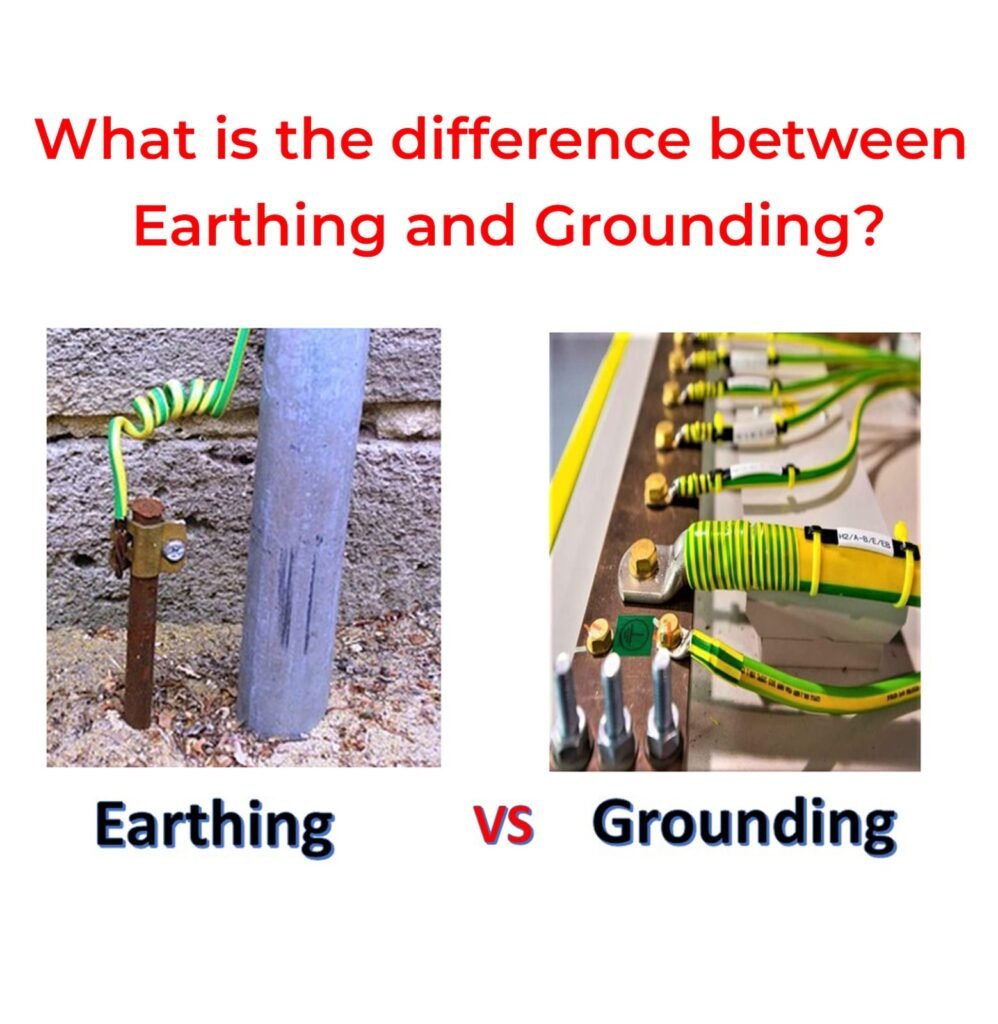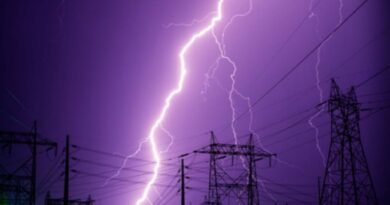What is the difference between Earthing and Grounding?
What is the difference between Earthing and Grounding?

Earthing and grounding are two terms that are often used interchangeably, but they have different meanings and purposes in electrical engineering.
Earthing means connecting the non-current carrying parts of an electrical equipment, such as the metal casing or enclosure, to the earth.
This is done to provide a safe path for the leakage or fault currents to flow to the ground, and to prevent electric shocks to humans or animals that may touch the equipment.
Earthing also protects the equipment from lightning strikes and provides a reference point for the voltage levels in the system. The earth wire used for earthing is usually green in color².
Grounding means connecting the current carrying parts of an electrical equipment, such as the neutral or return wire, to the ground.
This is done to provide a return path for the currents that flow in the circuit, and to balance the unbalanced loads in the system.
Grounding also eliminates the surge voltages and discharges the overvoltages to the ground. The wire used for grounding is usually black in color .The main difference between earthing and grounding is that earthing is done to protect humans and animals from electric shocks, while grounding is done to protect the electrical equipment from damage.
Another difference is that earthing is a physical connection to the earth, while grounding is not necessarily a physical connection, but a potential reference to the earth .
I hope this answer helps you understand the difference between earthing and grounding better.




